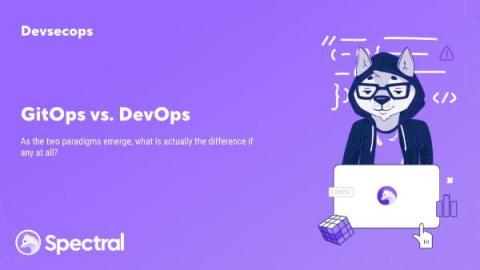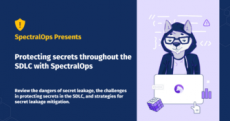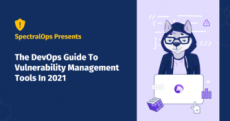GitOps vs. DevOps: What's the Difference and Why Should You Care?
DevOps has been the methodology of choice among developers for over a decade. No doubt, it’s proven its efficiency and ability to speed up processes while uniting teams by promoting open communication and shared responsibility. But will GitOps steal the spotlight? We’re exploring the answer in today’s post by looking at these two methodologies’ similarities and differences, advantages, and limitations.






